A half century after the United States won its independence from Britain, Canada was rocked by two armed uprising known as the Rebellions of 1837-38.
The revolts failed, resulting in many rebels being deported to Australia and Tasmania as political prisoners facing hard labor or hanging. Others escaped such reprisals by going into exile in the US.
Sympathy for these disenfranchised French Canadian patriots was the subject of a song written four years later by a young college student named Antoine Gérin-Lajoie.
How the Song Came to Be
Years later in his memoir Souvenirs de collège, Gérin-Lajoie told how he adapted his lyrics to the deeply expressive French-Canadian folk tune "J'ai fait une maîtresse" (of which "Si tu te mets anguille" is also a variation). “I wrote that song in 1842 when I was in Rhetoric Class in Nicolet, Quebec. I wrote it one night in bed at the request of my friend Cyp Pinard.”
Gérin-Lajoie’s verses to “Un Canadien Errant” were published in 1844 in the Charivari canadien, and soon the song was being sung by French Canadians across the country — from Acadia on the east coast to the distant reaches of the northwest territories — stirred by how the lyrics captured the deep sadness of exile.
Un Canadien errant, A wandering Canadian,
Banni de ses foyers, Banished from his homeland,
Parcourait en pleurant Traveled, weeping,
Des pays étrangers. Through foreign lands.
"Si tu vois mon pays, "If you should see my home,
Mon pays malheureux, My sad unhappy land,
Va dis à mes amis Go say to all my friends
Que je me souviens d'eux.” That I remember them.”
The Acadian Connection
Later Acadians also adopted the song as their own — changing its first line to “Un Acadien Errant” — in the context of the Acadian deportation. Between 1749 and 1755, many Acadians who had refused to swear allegiance to the British Crown emigrated to Lower Acadia or Cape Breton.
Then, fearing that they might join the French during the coming Seven Years’ War, Nova Scotia Governor Charles Lawrence deported the Acadians to New England and the Atlantic Coast. Cajuns of the Louisiana bayou country also trace their own ancestry to these same exiles.
Twentieth Century Performances
Back to song, Paul Robeson recorded a bilingual version in 1950 under the title "Le Canadien Errant.” However, most Americans learned the tune a decade after that with a French-language performance by Ian & Sylvia, who included it on their debut 1962 album for Vanguard Records. The duo gave the song further prominence at the Newport Folk Festival as recorded on the 1996 album Ian & Sylvia Live at Newport.
In the 1969 film My Side of the Mountain, folk singer/musicologist Theodore Bikel sang the first part of "Un Canadien Errant" and then played a bit of it on a "homemade" reed flute. The melody refrained throughout the film.
Leonard Cohen recorded "Un Canadien Errant" as "The Lost Canadian" on his 1979 Recent Songs album, and his own song "The Faith," on his 2004 album Dear Heather, is based on the same melody.
Our Take on the Tune
Thirty years ago, when The Flood first started doing this song, the band was back to being a trio of the original guys — Dave Peyton, Joe Dobbs and Charlie Bowen — and often on rehearsal night, the only listener in the room would be Dave’s beautiful wife, Susan.
At the end of the evening, when the guys asked Susie what last song of the evening she’d like to hear, it was almost always this sweet, sad tune that she remembered hearing 20 years earlier down in Louisiana when she and David and young Davy spent an autumn and winter in Cajun country.
We lost Susan three years ago this summer. This one’s for you, dear heart.

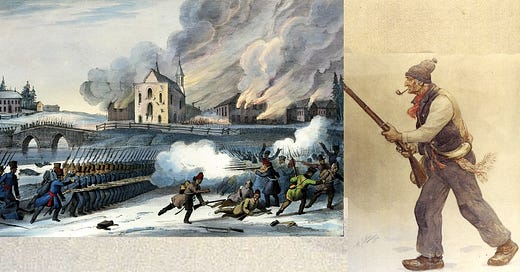



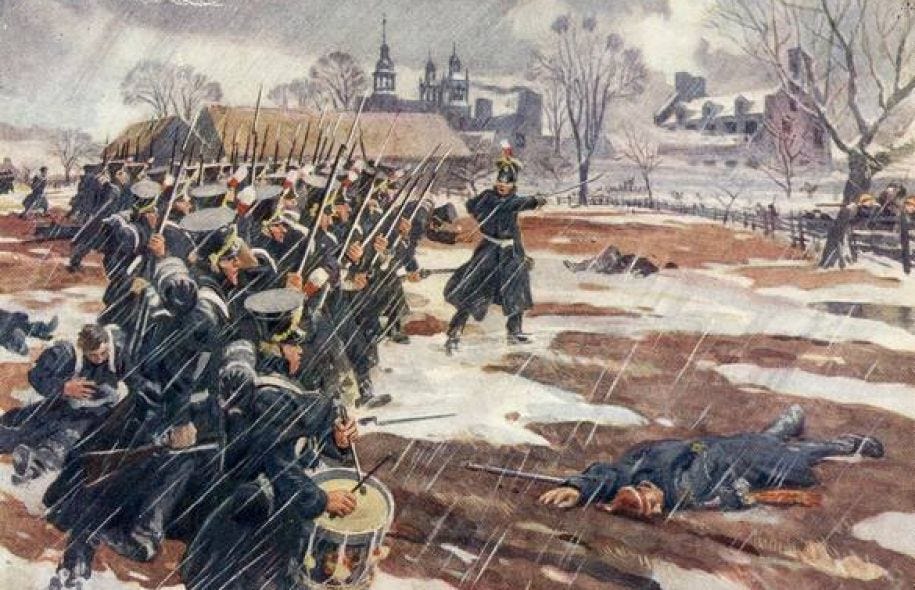

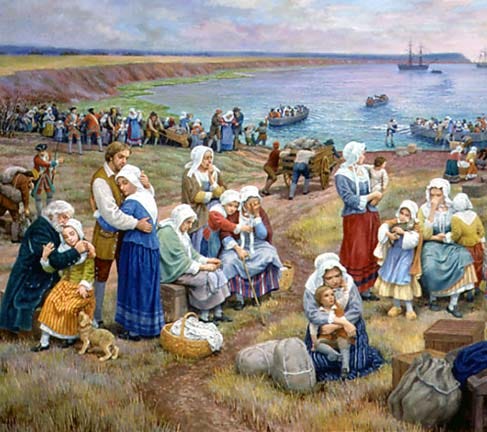
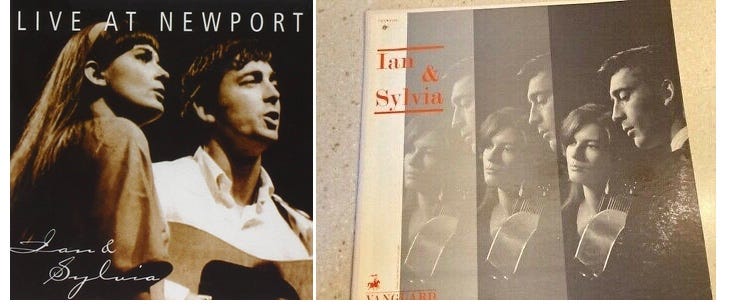










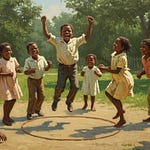
Share this post